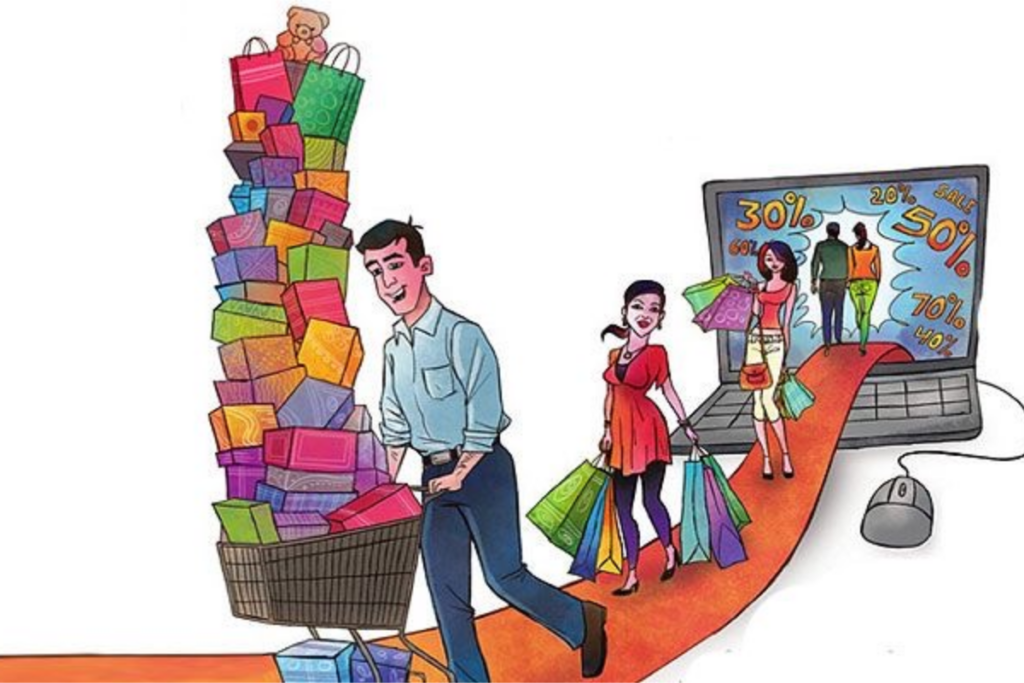In February, consumer spending increased, this means, people spent more money compared to January. This is partly because there was an extra day in February due to the leap year. However, even when we removed that extra day, sales still increased nicely. In February, according to data from Affinity Solutions, which tracks actual credit card spending, the CNBC/NRF Retail Monitor increased. It went up by 1.06% if we don’t count spending on cars and gas.
Measuring the Increase in Consumer Spending
Spending at restaurants is one of the primary measures of the Retail Monitor. When restaurants were taken out as well, the CNBC/NRF Retail Monitor still increased.

Source: AARP/Pinterest
Excluding the extra day in February, sales went up by 0.4%. This is less than half of the original increase but still better than the 0.2% drop in January.
Unpredictable Interest Rates and Inflation
If we don’t count sales from restaurants, the adjusted sales for February, considering the leap day, went up by 0.3%. This is compared to just the 0.04% increase in January.

Source: Freepik/Pinterest
“We are not sure of what’s going to happen with interest rates and inflation in the future. However, one thing we do know is that lots of people have jobs, and their wages are going up. That means people are still spending money.” This was explained by Matt Shay, who leads the National Retail Federation.
Consumer Spending in Different Sectors
Look at different sectors, without considering the leap day in February
- Online and other non-store sales increased by 0.8% compared to the previous month. They went up by 18.08% compared to the same time last year.

Source: NyolaTV/Pinterest
- Stores selling sporting goods, hobby items, music, and books saw a 2.29% increase from the previous month. They saw a 13.67% increase compared to last year.
Looking at More Sectors
- Health and personal care stores saw a 0.96% increase from the previous month. They saw an 11.18% increase compared to last year.

Source: Freepik/Pinterest
- Clothing and accessory stores saw a 0.51% increase from the previous month. They saw an 8.05% increase compared to last year.
The data for this sector was also affected by the extra day in February. This might make the overall index for this month look quite different from the retail data provided by the Census Bureau compared to other months.
The Forecast
Instead of just asking people in surveys, the Retail Monitor looks at factual information from credit and debit card purchases. However, it doesn’t get updated every month or year as the Census data does.

Source: LorindaBeekmann/Pinterest
Economists expect a 0.8% increase in retail sales, according to the Census report on Thursday. This would completely turn around the 0.8% drop in January. This forecast, along with the CNBC/NRF Monitor for February, indicates that January might not have been the start of a significant slowdown in consumer spending after all.

